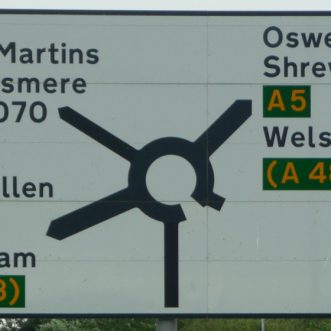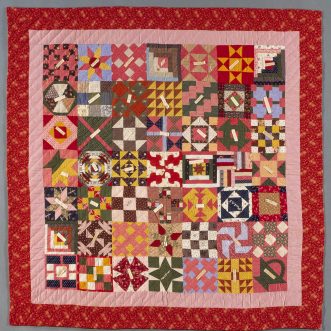
Wasted effort
It’s easy to get very excited about increasing efficiency through digitalisation, automation and AI.
But in the excitement we can forget that by ‘increasing efficiency’ what we are really trying to do is reduce ‘waste’, or to put it better, ‘wasted effort’.
In Lean, ‘wasted effort’ falls under 3 categories:
- ‘Mura’ or wasted effort due to variation
- ‘Muri’ or wasted effort due to overburdening or stressing the people, equipment or system.
- ‘Muda’ also known as the “seven forms of wasted effort”
Muri seems like the kind of wasted effort we should always try to eliminate (and interestingly, is the least talked about).
Otherwise, what makes effort wasted?
Quite simply that the customer is not willing to pay for it.
This seems blindingly obvious. Less obvious is the necessary implication – that if a customer is willing to pay for effort, it is not wasted.
So if a certain type of customer is happy to pay extra to be treated differently, this is not Mura. If a customer is willing to pay to have their papers picked up in person, this is not Muda.
The customer’s perception of value is your source of profit. Don’t throw it out with the bathwater.








